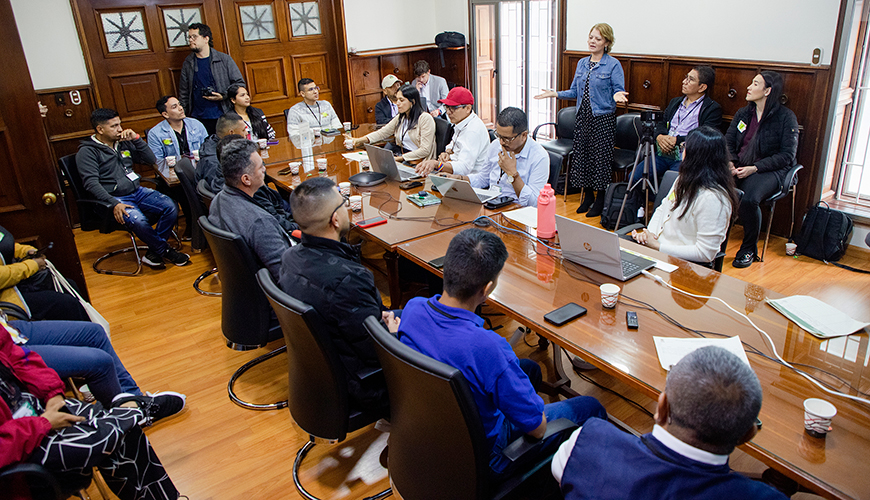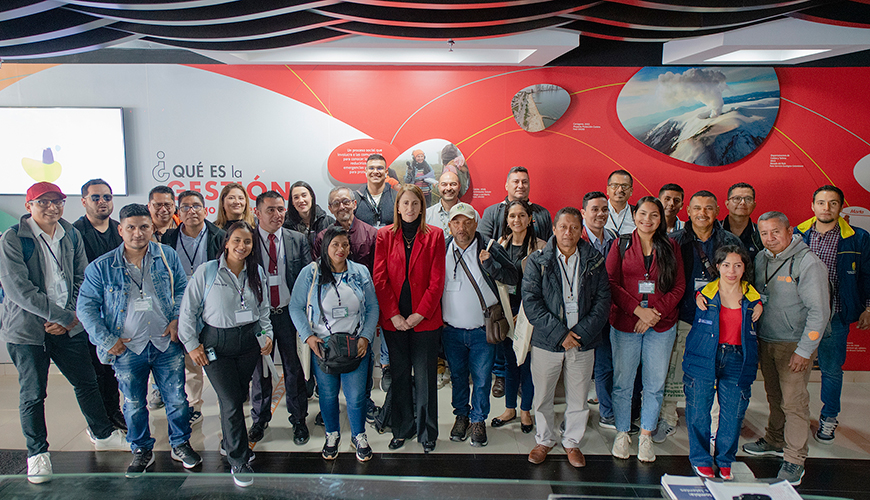The Inter-Religious Initiative for Tropical Forests (IRI-Colombia) developed a new day of scientific immersion, aimed at more than 30 journalists and social communicators from religious organizations and Amazonian media.
During two days, the participants visited scientific and risk management institutions that play a decisive role in the protection of the tropical forest.
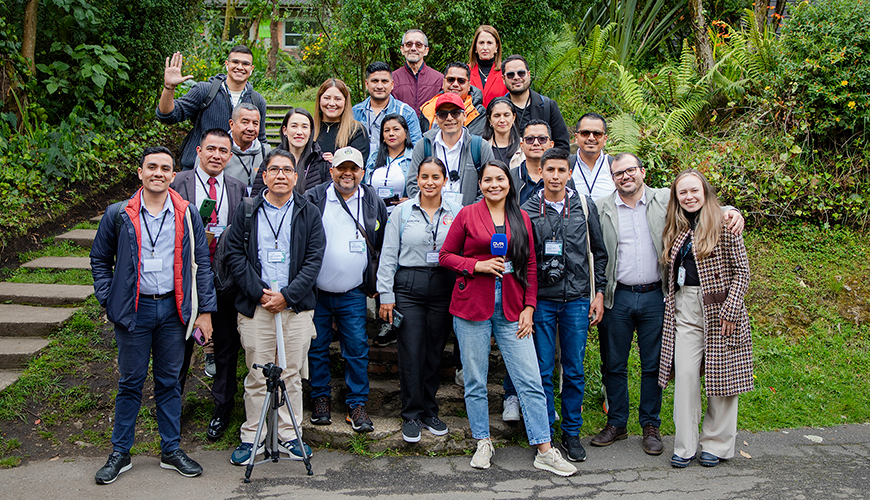 A group of thirty journalists from Colombian Amazon media and religious organizations participated in IRI-Colombia's second Scientific Immersion Day.
A group of thirty journalists from Colombian Amazon media and religious organizations participated in IRI-Colombia's second Scientific Immersion Day.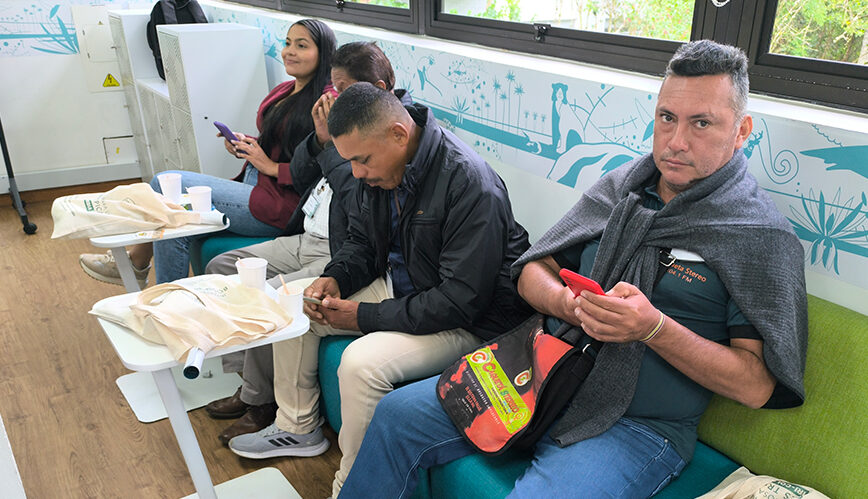 Karen Valentina Erazo, Efraín Jiménez Mora, Carlos Andrés Morales and Ismael Valenciano.
Karen Valentina Erazo, Efraín Jiménez Mora, Carlos Andrés Morales and Ismael Valenciano.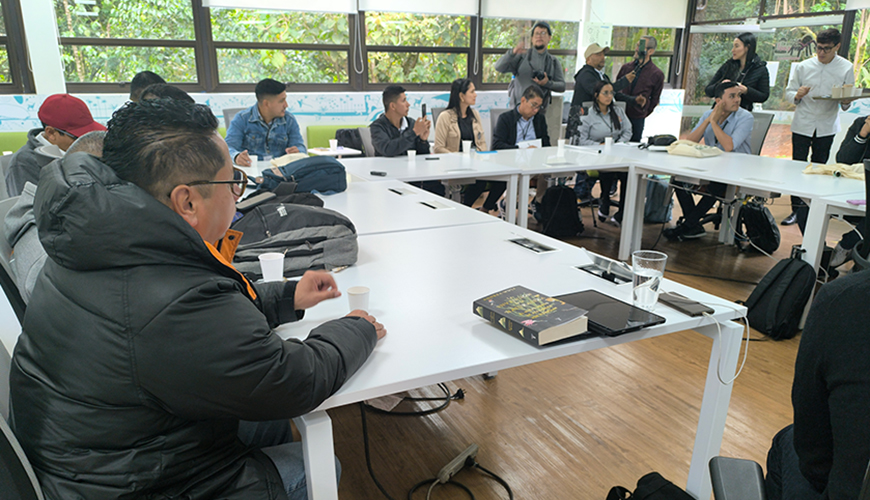
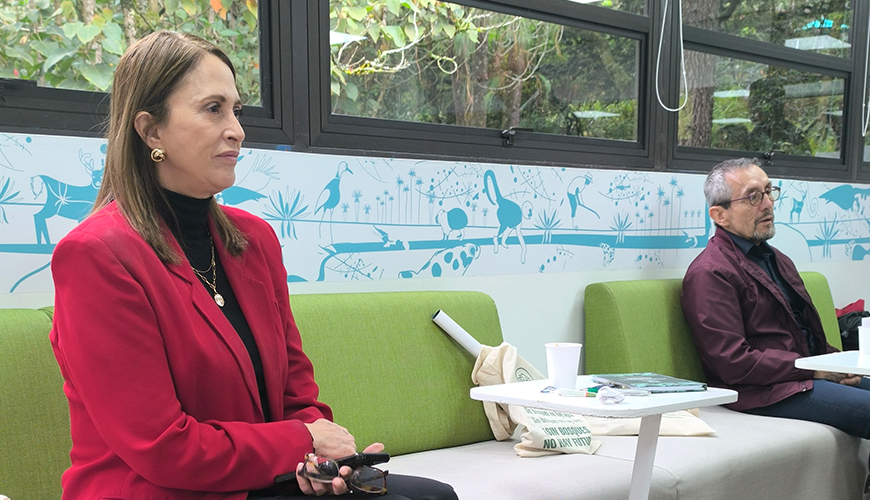 Blanca Lucía Echeverry, national coordinator of IRI-Colombia, and Carlos Augusto Lozano, senior advisor to the Initiative.
Blanca Lucía Echeverry, national coordinator of IRI-Colombia, and Carlos Augusto Lozano, senior advisor to the Initiative. Alejandro Borraez, communications leader at the Humboldt Institute.
Alejandro Borraez, communications leader at the Humboldt Institute.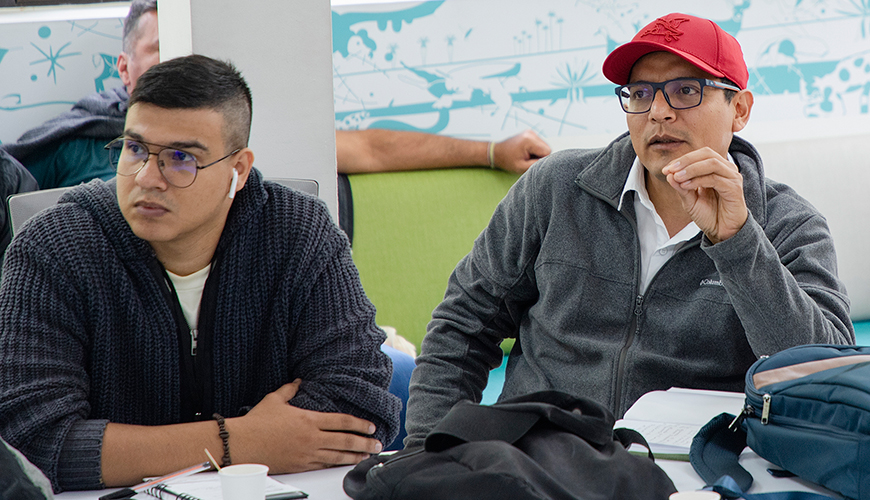 Daniel Jiménez, journalist for Periódico del Meta, and Ricardo Solarte, advisor to the Putumayo Governor's Office.
Daniel Jiménez, journalist for Periódico del Meta, and Ricardo Solarte, advisor to the Putumayo Governor's Office.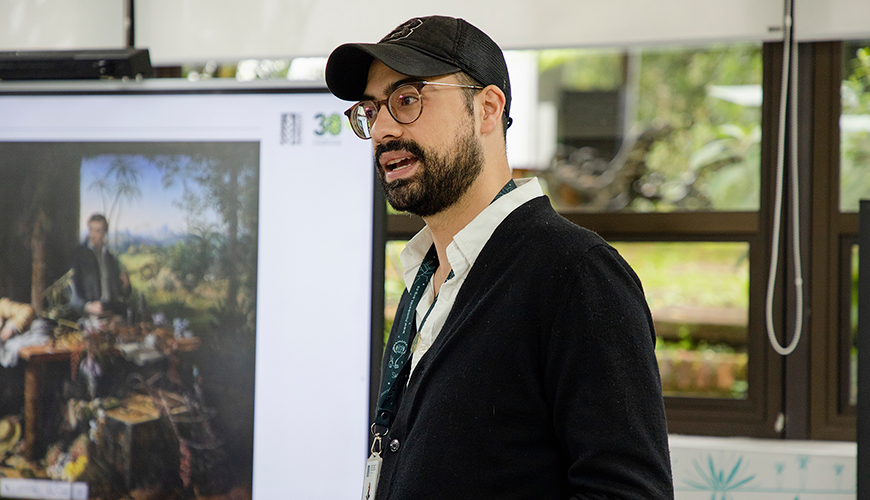 Diego Trujillo, responsible for editorial publications of the Humboldt Institute.
Diego Trujillo, responsible for editorial publications of the Humboldt Institute.
The day began at the Humboldt Institute, where the communicators learned how scientific research and environmental communication can work together to amplify the message of tropical forest protection. “Having communicators from Amazonian territories is enriching because you are the ones who give meaning to the conversation for environmental protection and conservation,” said Alejandro Borraez, communications leader at Humboldt.
The second session was held at the National Unit for Disaster Risk Management (UNGRD), where journalists and communicators toured the MAGMA interactive museum and the Crisis Room, learning firsthand how the National Risk Management System and emergency response mechanisms work. They also participated in a workshop on integrated fire management, led by Marcos Quiroga, which allowed them to understand the differences between fire, fire management and fires, as well as the relationship of Amazonian ecosystems with this phenomenon.
“This day of scientific immersion empowers the voice of the territory to reach the regions and connect citizens with the urgency of protecting the Amazon forests”, Blanca Lucía Echeverry, national coordinator of IRI-Colombia.
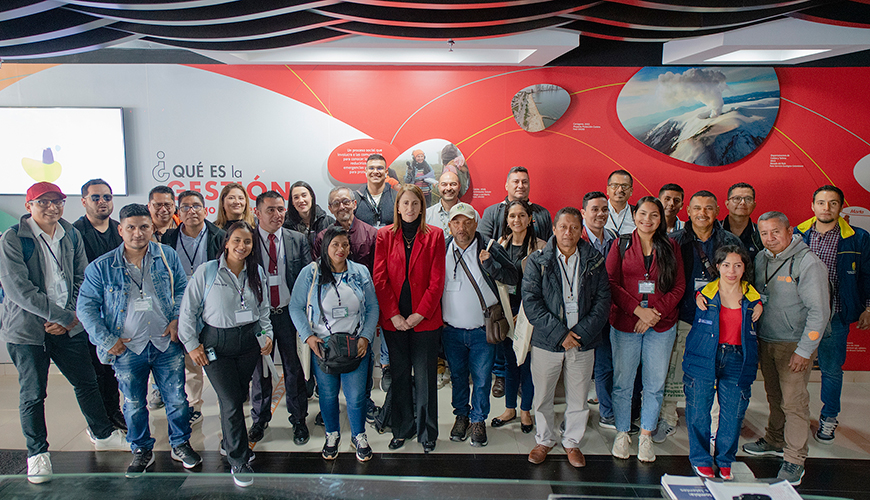 During the second day of scientific immersion, journalists from CEDECOL and REPAM Colombia participated; from the DVR channel and the radio stations Ecos del Caguán, Caquetá Stereo, Chairá Stero, La Exitosa and RTVC, from Caquetá; from Periódico del Meta; La Máxima, Marandúa Stereo, Chiribiquete Stereo and RTVC stations in Guaviare; the Putumayo News portal and Villagarzón Stereo, La Voz de la Esperanza, RTVC and Latina Stereo stations in Putumayo.
During the second day of scientific immersion, journalists from CEDECOL and REPAM Colombia participated; from the DVR channel and the radio stations Ecos del Caguán, Caquetá Stereo, Chairá Stero, La Exitosa and RTVC, from Caquetá; from Periódico del Meta; La Máxima, Marandúa Stereo, Chiribiquete Stereo and RTVC stations in Guaviare; the Putumayo News portal and Villagarzón Stereo, La Voz de la Esperanza, RTVC and Latina Stereo stations in Putumayo.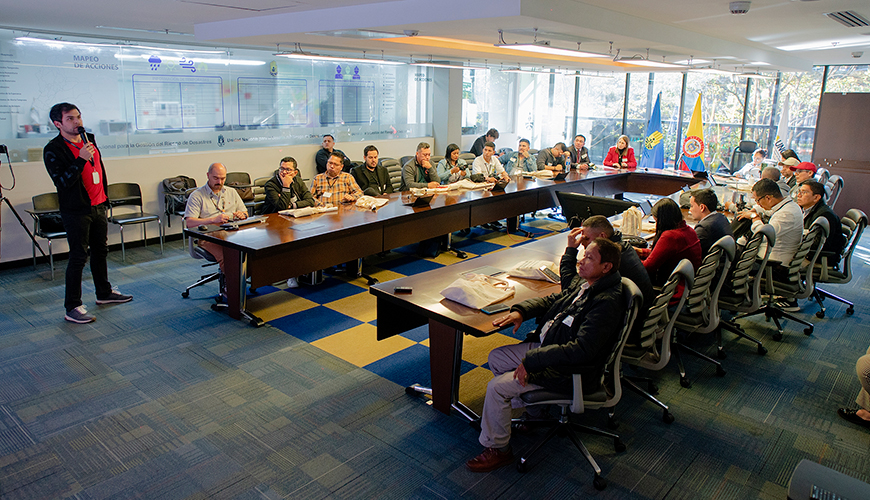 In the Crisis Room of the UNGRD.
In the Crisis Room of the UNGRD.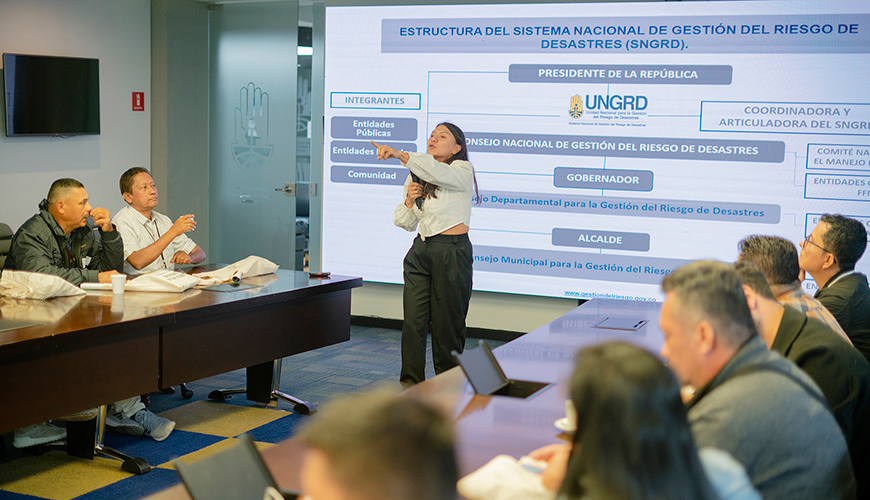 Vivian Ortiz, engineer at UNGRD.
Vivian Ortiz, engineer at UNGRD.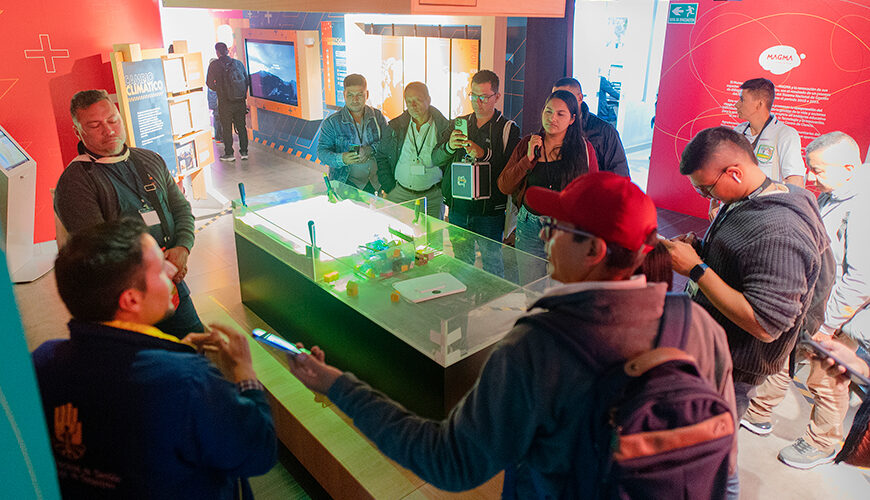 At the Magma Museum, part of the National Unit for Disaster Risk Management (UNGRD).
At the Magma Museum, part of the National Unit for Disaster Risk Management (UNGRD).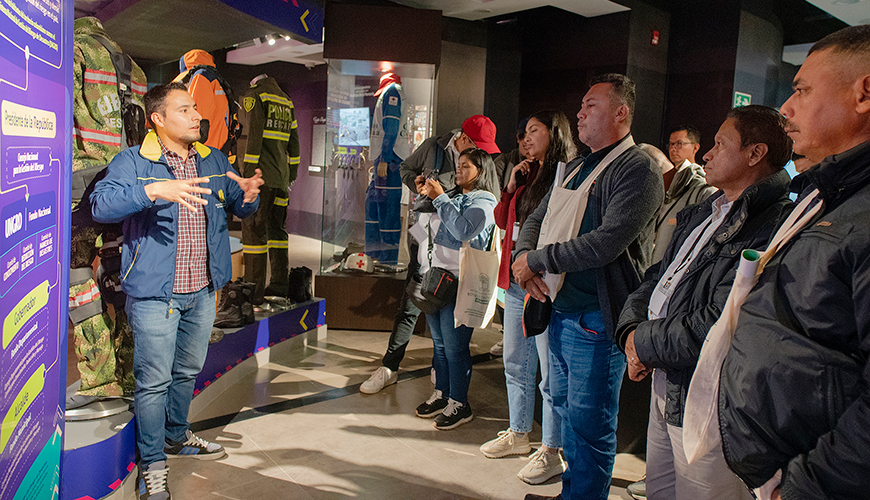 At the Magma Museum, part of the National Unit for Disaster Risk Management (UNGRD).
At the Magma Museum, part of the National Unit for Disaster Risk Management (UNGRD).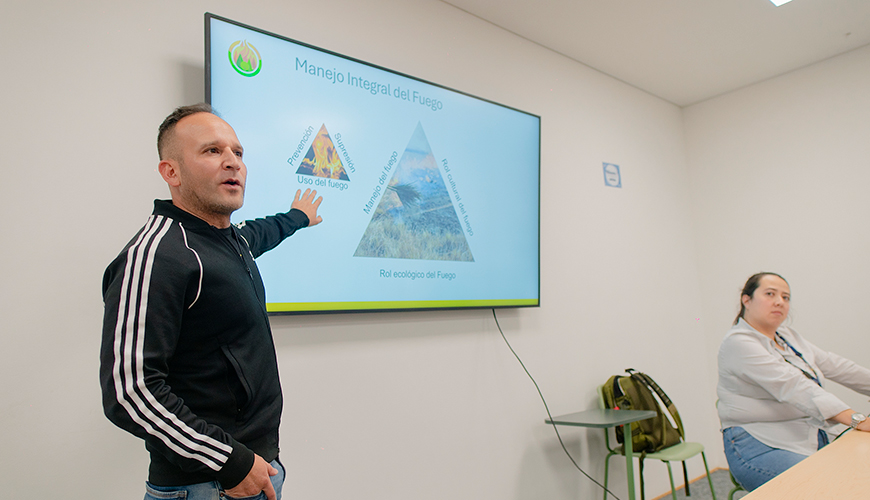 Marcos Quiroga, UNGRD, spoke on fire management.
Marcos Quiroga, UNGRD, spoke on fire management.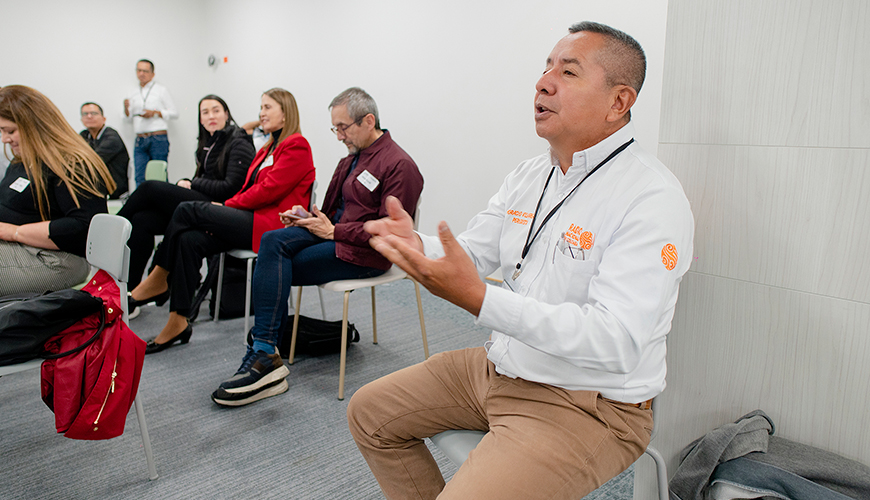 Horacio Villarreal, journalist for Radio Nacional de Colombia RTVC, in Puerto Leguízamo.
Horacio Villarreal, journalist for Radio Nacional de Colombia RTVC, in Puerto Leguízamo.
Science and territory at the Sinchi Institute
The second day was dedicated to the Instituto Amazónico de Investigaciones Científicas Sinchi, where participants learned about its laboratories and the Colombian Amazonian Herbarium Dairon Cárdenas López, which has more than 130,000 specimens and nearly 13,000 species, fundamental for the conservation of the Amazonian flora and the discovery of new species.
“Sinchi is a bridge between science and society. Having journalists and communicators involved in this process allows knowledge about the Amazon to reach more people and strengthen the protection of our tropical forests”, emphasized Luz Marina Mantilla, director of the institution.
This pedagogical meeting allowed participants to understand how science, communication and spirituality can work together to defend the Amazon, and to reflect on the role of journalism in translating scientific knowledge into clear and powerful messages that mobilize communities and strengthen environmental awareness.
The second day of scientific immersion was a unique space to bring science closer to those who have the responsibility to narrate the reality of the Amazon territories, highlighted Blanca Lucía Echeverry. “This process reaffirms the importance of articulating science, faith, communication and social action to confront the ecological crisis and build a sustainable future for the Amazon and its peoples,” concluded the national coordinator of IRI-Colombia.
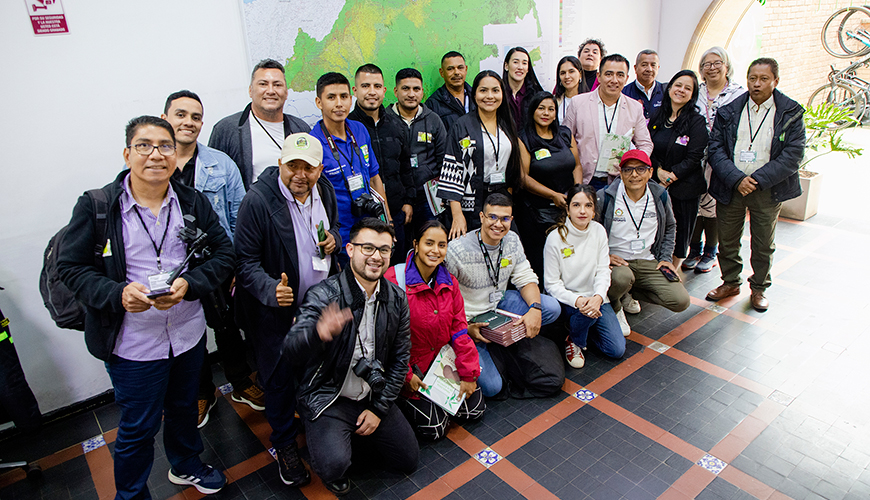 During the visit to the Sinchi Institute.
During the visit to the Sinchi Institute. Karen Erazo, Miguel Ángel López, Édinson Londoño, Daniel Jiménez, Germán Valencia and Antonio Quintero Arévalo, together with Sinchi scientists.
Karen Erazo, Miguel Ángel López, Édinson Londoño, Daniel Jiménez, Germán Valencia and Antonio Quintero Arévalo, together with Sinchi scientists.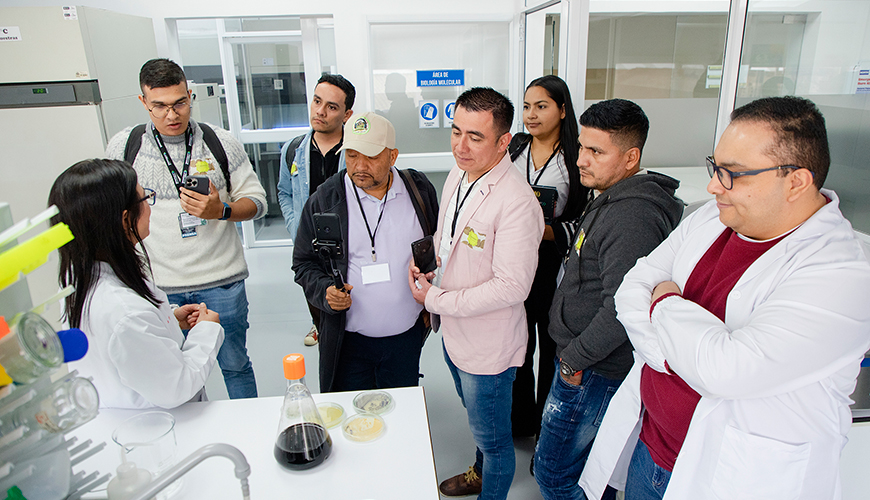
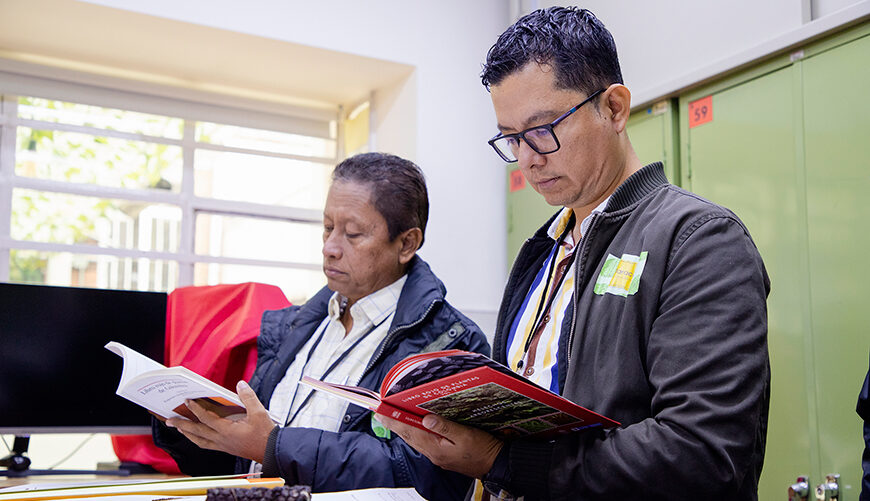 Efraín Jiménez Mora.
Efraín Jiménez Mora.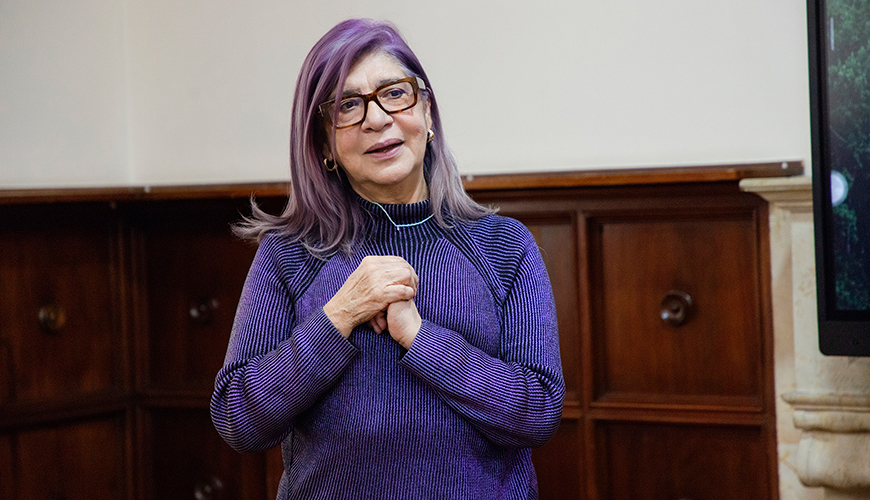 Luz Marina Mantilla, director of the Sinchi Institute.
Luz Marina Mantilla, director of the Sinchi Institute.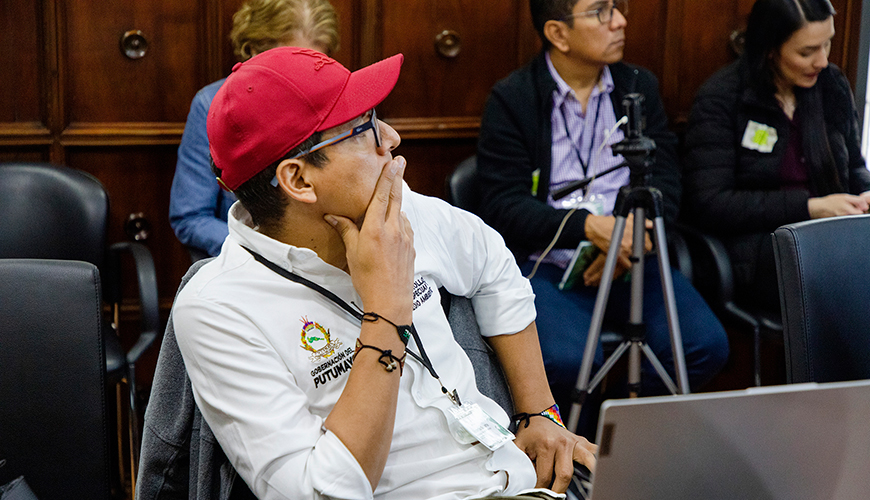 Ricardo Solarte.
Ricardo Solarte.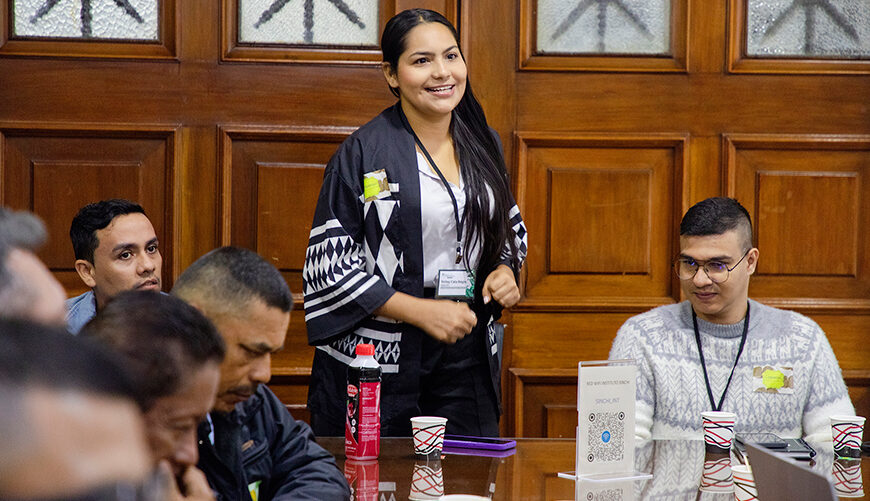 Karen Valentina Erazo.
Karen Valentina Erazo.